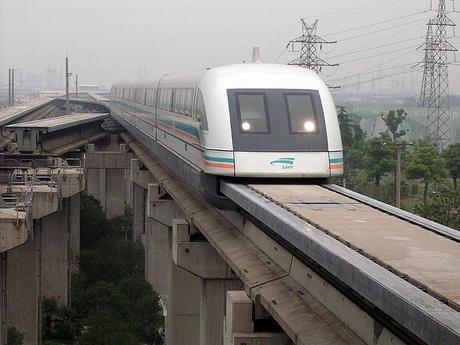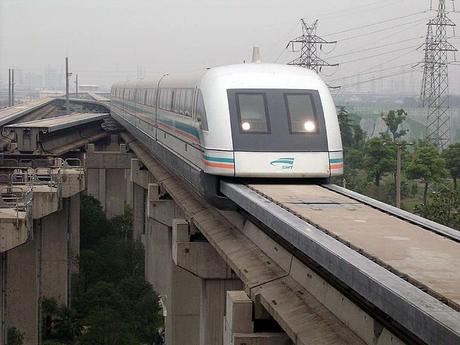

The wagons are suspended above the line by magnetic levitation, and the high speed is ensured by moving them in vacuum.
Thus, in the future these trains could be even faster than airplanes, and can travel about 600 km in just half an hour.
Recently successful performance is the third phase of train testing. The test was conducted in the special DevLoop Tunnel in Nevada, which is 3 km long.
The investment in Hyperloop One, a project launched in 2014, is up to 295 million dollars.
The idea of such fast trains was launched by Elon Musk in 2013, but he was not actively involved in the project. Currently, Hyperloop One is associated with Virgin, owned by billionaire Richard Branson, writes Daily Mail
Most beautiful European destinations that can be visited by train You can explore Europe on foot, by car or by bicycle. But discovering the continent by train is certainly the best and most pleasant way to enjoy the impressive landscapes while relaxing at the same time. If you are looking for inspiration in this year’s holiday, Europeanbestdestinations.com proposes the experience of … A new speed test hit the previous record set by the high-speed train.Virgin Hyperloop One has set a new record. The high-speed train that is tested in Nevada reached the speed of 387 km / h, earning the previous record.
The company’s representatives hope that the train, which will run through a special tunnel, will be launched in 2021, and the maximum speed it will reach is then 1,000 km / h.
Currently, the fastest trains in the world are only 350 km / h. These are Fuxing trains in China.
Hyperloop trains can achieve record speeds thanks to ingenious operation. The wagon runs through a special tunnel, from which the air has been removed, so that the friction force during travel is extremely low.
High-speed rail – Wikipedia High–speed rail is a type of rail transport that operates significantly faster than traditional rail traffic, using an integrated system of specialized rolling stock and dedicated tracks. While there is no single standard that applies worldwide, new lines in excess of 250 kilometres per hour (160 miles per hour) and existing lines in …